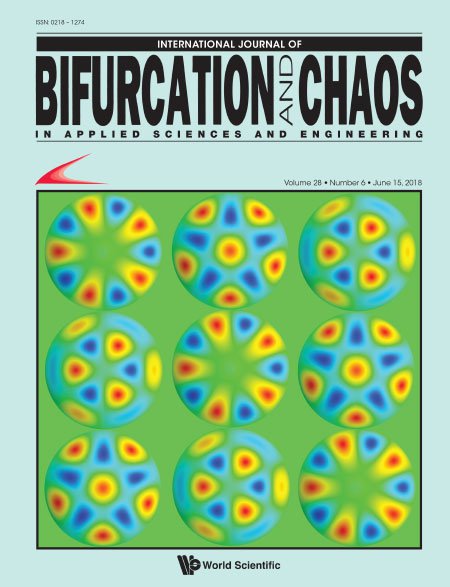Quasi-Periodic Orbits in the Five-Dimensional Nondissipative Lorenz Model: The Role of the Extended Nonlinear Feedback Loop
Abstract
A recent study suggested that the nonlinear feedback loop (NFL) of the three-dimensional nondissipative Lorenz model (3D-NLM) serves as a nonlinear restoring force by producing nonlinear oscillatory solutions as well as linear periodic solutions near a nontrivial critical point. This study discusses the role of the extension of the NFL in producing quasi-periodic trajectories using a five-dimensional nondissipative Lorenz model (5D-NLM). An analytical solution to the locally linear 5D-NLM is first obtained to illustrate the association of the extended NFL and two incommensurate frequencies whose ratio is irrational, yielding a quasi-periodic solution. The quasi-periodic solution trajectory moves endlessly on a torus but never intersects itself.
While the NFL of the 3D-NLM consists of a pair of downscaling and upscaling processes, the extended NFL within the 5D-NLM additionally introduces two new pairs of downscaling and upscaling processes that are enabled by two high wavenumber modes. One pair of downscaling and upscaling processes provides a two-way interaction between the original (primary) Fourier modes of the 3D-NLM and the newly-added (secondary) Fourier modes of the 5D-NLM. The other pair of downscaling and upscaling processes involves interactions amongst the secondary modes. By comparing the numerical simulations using one- and two-way interactions, we illustrate that the two-way interaction is crucial for producing the quasi-periodic solution. A follow-up study using a 7D nondissipative LM shows that a further extension of NFL, which may appear throughout the spatial mode-mode interactions rooted in the nonlinear temperature advection, is capable of producing one more incommensurate frequency.



